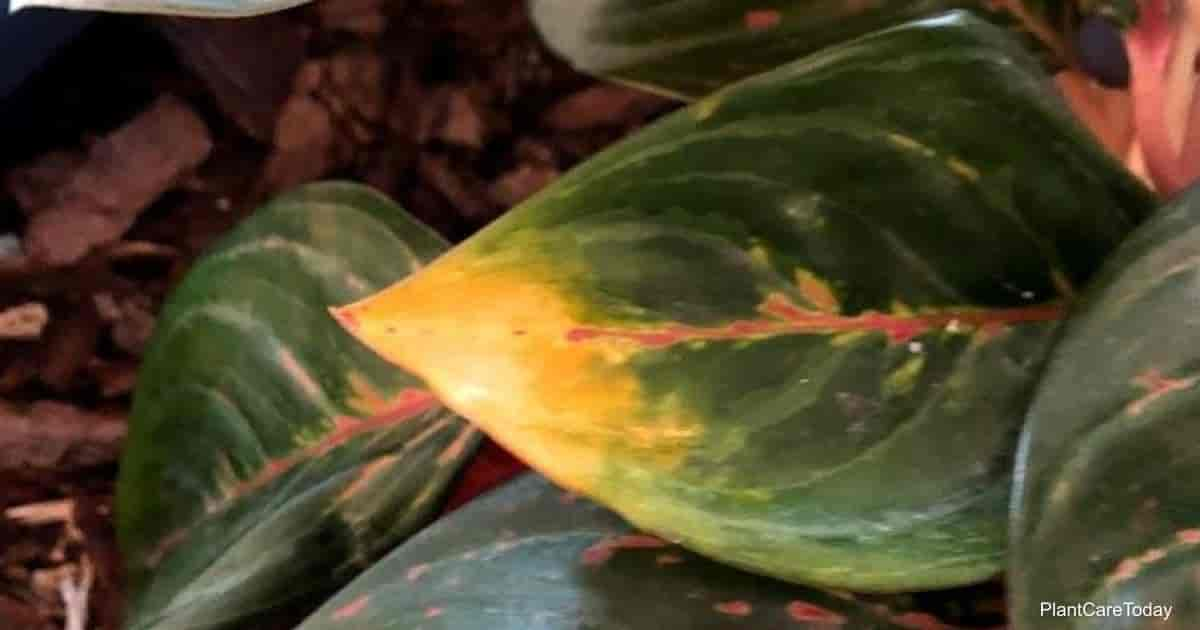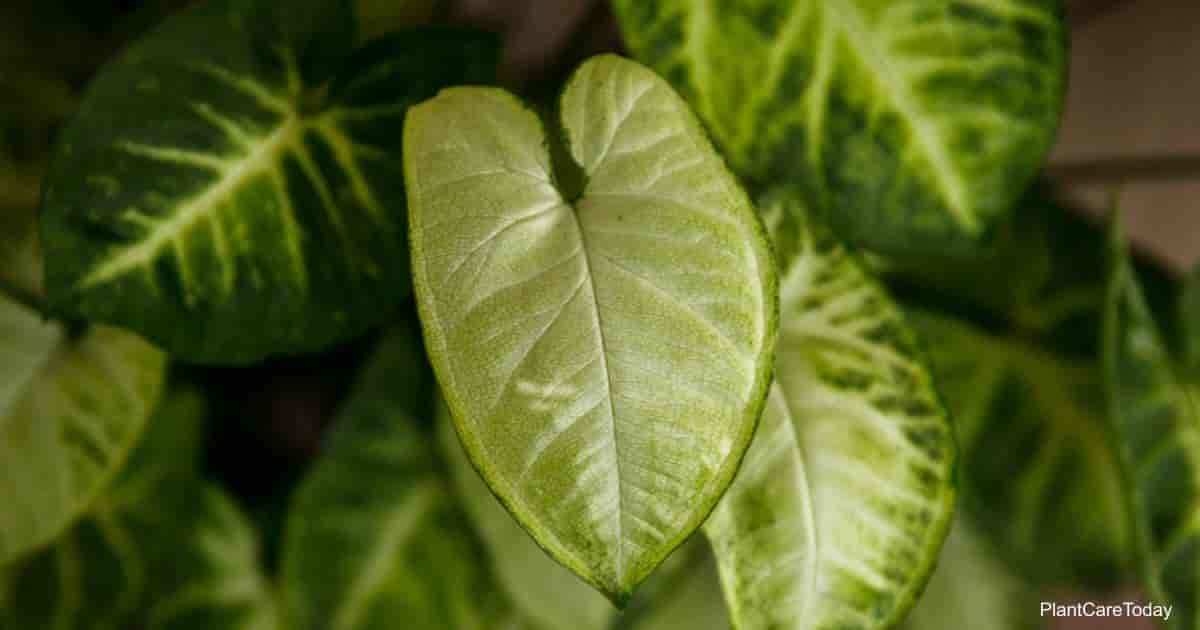The amazing tropical plants we call Hoya come from Southern India. Named Hoya after Thomas Hoy, a gardener who brought attention to this lovely plant, it can be grown with little care and attention.
These plants Grandma grew in her kitchen window continue to make an excellent and attractive choice for indoor houseplants. With their stunning porcelain flowers and waxy leaves, they create an Asian decor feel inside a home.
Hoya care is easy and the plants are long-lived. Families often pass these heirloom plants down from generation to generation.
The Hoya plant grows best in indirect light and humidity, which mimics its native environment of Southern India.
What Is The Best Soil For Hoya Plants?
Hoyas are versatile, popular house plants capable of growing in a variety of types of soil. Some grow their Hoyas with great success using a bagged African Violet soil. Others grow beautiful Hoya specimens in well-draining succulent soil, and some swear by their homemade organic potting soil mix.
Hoyas are epiphytic, much like an orchid cactus. Hoya roots need airflow to do well.
What Kind Of Soil Do Hoya Plants Like?
Once you start to collect Hoya plants, you soon discover there are many different types of Hoya. Each Hoya variety has slightly different requirements when it comes to its soil preference.
Whatever kind of soil you plant your Hoyas in, it should be well-draining, provide excellent aeration and not hold too much water. The soil should, after draining the water, stay slightly damp or moist but never soaking wet or bone dry.
The soil should also supply the nutrients the plant needs to thrive.
From my experience, growing a majority of plants like Hoyas and many types of “collector plants” (Anthurium, Alocasia, Philodendrons, Aglaonemas), I try to keep the soil mix simple.
The simple Hoya potting soil mix I use is:
- 2 parts peat moss
- 1 part perlite
Some will recommend substituting sand for the perlite or mixing in sand. The problem with sand is that it fills in the open spaces reducing the airflow the roots need. Over time the soil becomes compacted. Compacted soil leads to root rot – avoid the sand.
If making a custom homemade potting soil is your preference, orchid bark, fir bark, coco coir, pumice soil amendment, charcoal, pine bark, and vermiculite can all be used to create a custom soil blend.
Simple has always worked best from my experience.
The soil mix you use for your Hoya plants should:
- Drain fast
- Not stay wet and soggy
- Light enough to not become compacted
- Allow airflow to the roots
NOTE: Consider the humidity levels of the growing environment. In dry climates, the soil may need to hold more water. In humid areas, consider a more coarse soil to allow the soil to dry out faster.
What is the best bagged potting mix for Hoya Rope Plants?
As mention above, African violet soil or soil for succulent plants should work well for planting and growing Wax plants.
Adding a bit of additional perlite and pumice will provide some extra air space for the roots.
- The perlite helps drain the water faster
- The pumice helps the soil retain some moisture for the roots
Bagged soils with the extra perlite and/or pumice give your Hoya:
- The nutrients the plant needs
- Provides drainage to keeps roots healthy
- It keeps the soil from getting too wet and the plant from rotting
NOTE: Peat moss can make the soil mix slightly acidic. Some growers suggest adding a calcium source like Dolomite lime to the soil to neutralize the acid.
What Kind Of Pots Do Hoyas Like – Plastic – Terra Cotta?
When growing Hoyas, make sure the pot has drainage holes. Many commercial growers grow all their Hoya crops in plastic pots. But, for the homeowner with a few plants or a small Hoya collection, consider terra cotta pots.
Most plants will do fine in a 4″ inch clay pot climbing up a small trellis. Hoyas make attractive small hanging basket plants as well.
One advantage clay pots provide is a wider top allowing the water to drain better.
When repotting, which is not often move up to a pot the next size up. Remember to transplant with care. Hoyas do not like their root system disturbed.
DO NOT overpot. Hoyas like to to be a little root-bound. Smaller pots also mean less chance for root rot.
Can You Start a Hoya Cutting in Water?
Yes, rooting a Hoya cutting in water is a great way to keep track of and enjoy the rooting process.
The best time to propagate Hoyas is when they are actively growing during the spring or summer seasons.
For the best results, take 4″-6″ inch cuttings with two leaves from healthy, actively growing Hoyas. Plants in active growth will produce roots faster than cuttings taken during the winter.
- Try to take a cutting with a long stem as it sits in the glass better.
- Place the cutting in a glass filled with distilled water.
- Wait…
- Replace the water when it becomes murky
- When the cutting produces roots about 2″-4″ inches long.
- Pot the new rooted cutting up in a 3″ inch pot with your well-draining potting soil of choice.
- In about two years, your new plant should need a larger pot.
NOTE: If you are using tap water, let the water sit out for 24 hours to allow any chlorine to evaporate.
How Do I Care For My Wax Flower Plant?
Wax plants will grow and flower given the right conditions. They grow best when provided with a good five to six hours of indirect bright light.
Beware of direct sunlight, as the foliage of your Hoya will get sunburned. If possible, place your Hoyas near south-facing windows. This will provide ample sunlight hours and save them from direct sunlight. They will also grow under artificial lighting.
Water Hoyas to keep the soil moist, especially during the spring and summer.
The Hoya in winter takes a rest, but it still needs ample light and water. Place it in a location protected from drafts.
Hoyas need less water in the winter than in the summer. Test the moisture by inserting your fingers in the soil. Once the top few inches are dry, rewater.
The Hoya plant does not need fertilizing in the winter. But you will need to fertilize in the summer and spring, which is the peak growing season for the Hoya plant.
Watch for the common pests that attack the Hoya plant: mealybugs, aphids, and scales. For prevention and protection from pests, use neem oil.
Fertilizing Your Hoya
During the growing season, feed your Hoya using a 2-1-2 or 3-1-2 ratio of water-soluble liquid fertilizer once a month during spring and summer. The fertilizers come in a concentrated form and will need mixing with water.
Read the label carefully and dilute the fertilizer according to the brand of fertilizer used. Use a 1/2 strength diluted formula on moist soil for the best results.
During the winter, fertilizing is not required.
NOTE: Some Hoya species and cultivars like more acidic conditions than other species. They appreciate a different type of fertilizer more suited to the acidic roots. They may like being fertilized with coffee grounds or something higher in nitrogen.
Credit : Gary Antosh (https://plantcaretoday.com/hoya-soil.html)





